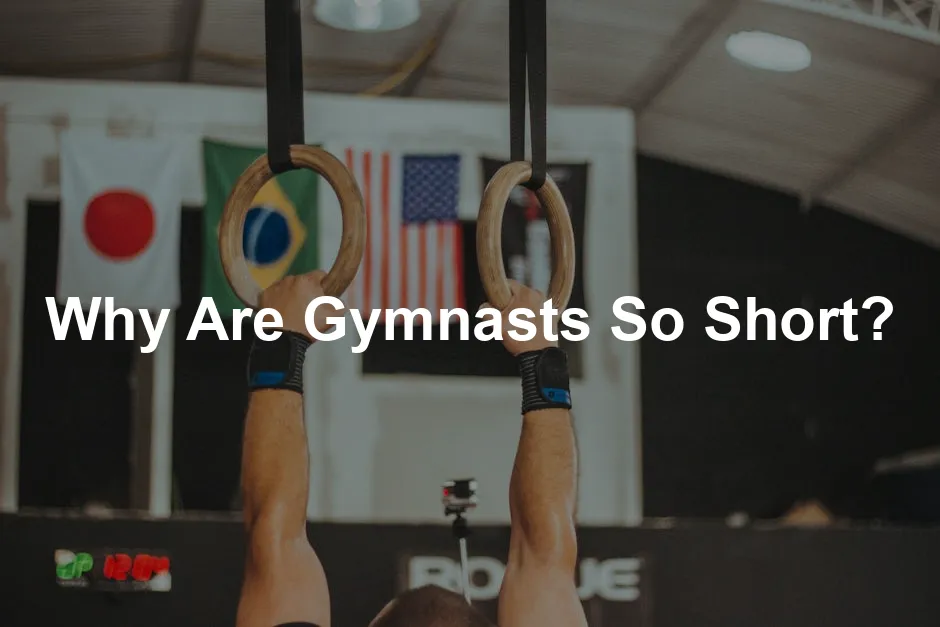
Why Are Gymnasts So Short?
Introduction
Ever wondered why many gymnasts, like Simone Biles at 4’8″, are shorter than average? This raises questions about the connection between gymnastics training and height. Let’s unpack the various factors that contribute to the shorter stature seen in gymnasts, sparking curiosity among fans and newcomers alike.
To elevate your gymnastics training at home, consider investing in Gymnastics Training Equipment. Whether you’re a beginner or a seasoned gymnast, the right gear can make all the difference in your practice sessions.
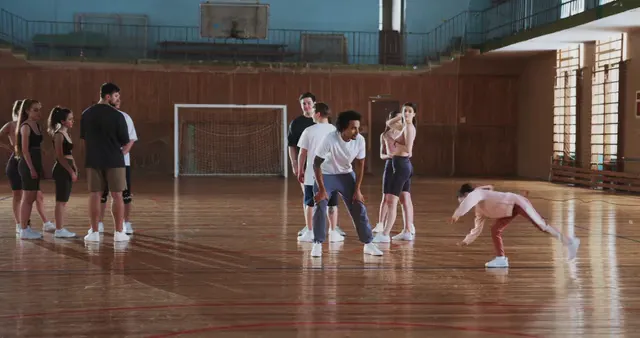
Summary and Overview
Several key themes explain why gymnasts often have shorter heights. Genetics plays a significant role, with many gymnasts coming from shorter families. Biomechanics also favor shorter athletes, allowing for improved agility and rotational skills. The impact of training is nuanced; while intensive gymnastics can slightly affect growth patterns, it doesn’t permanently stunt height. Early specialization in the sport often leads to a focus on shorter individuals, as they tend to perform better in competitive settings. This combination of genetics, biomechanics, and early training shapes the typical stature of gymnasts.
To support your training, consider a Gymnastics Mat. Perfect for practicing routines, it provides the cushioning you need to land those tricky moves without the risk of injury.
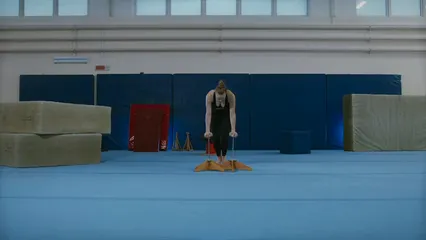
The Biomechanics of Gymnastics
Why Shorter Statues Have Advantages
Shorter gymnasts possess distinct advantages in their sport due to their body mechanics. A lower center of gravity enhances stability, making it easier to perform complex movements like flips and twists. This stability translates to better control during landings, reducing the risk of falls and injuries.
From a physics perspective, shorter limbs create a more efficient rotation. When a gymnast tucks their body during a somersault, the smaller mass allows for quicker rotations. Longer limbs, on the other hand, increase the moment of inertia, making it harder to spin effectively.
Additionally, shorter athletes can generate force more efficiently during explosive movements, such as vaulting or tumbling. The combination of these physical traits means that shorter gymnasts can execute routines with greater finesse and precision. This biomechanical advantage is a significant reason why shorter individuals excel in gymnastics, showcasing their remarkable skill and talent.
To enhance your performance, consider using a Foam Roller for muscle recovery. This handy tool helps alleviate soreness and tightness, so you can bounce back and train even harder!
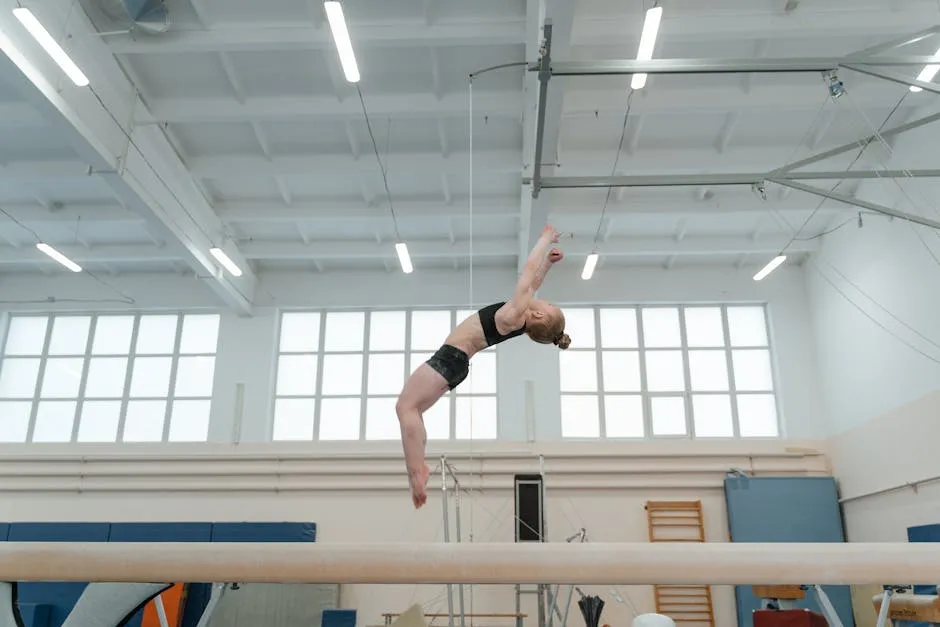
Genetics and Height
The Role of Family and Genetics
Genetics significantly influences the height of gymnasts. Many gymnasts come from families where shorter stature is common. If parents are shorter, it’s likely their children will be as well. This genetic predisposition often leads to shorter gymnasts in elite competitions.
Studies indicate that gymnasts, on average, are shorter than their peers. Research has shown that many gymnasts are already below average height by age four, suggesting that their stature is partly inherited. The connection between height and performance is evident, as shorter athletes may find it easier to perform complex routines.
Moreover, training at a young age doesn’t solely determine height. Instead, it tends to amplify existing genetic traits. Understanding this relationship can help demystify why many top gymnasts are not as tall as athletes in other sports. Genetics plays a crucial role in shaping the physical attributes of these remarkable athletes.
Speaking of training, a Gymnastics Grip can enhance your performance on the bars and rings. It provides the necessary support and grip to help you execute your moves confidently, minimizing the risk of slips.

Training and Growth
Does Intensive Training Stunt Growth?
The myth that gymnastics training stunts growth is widespread but not entirely accurate. Studies show that while gymnastics involves rigorous training, it doesn’t necessarily lead to permanent height reduction. Research indicates that gymnasts may experience temporary delays in growth due to intensive training regimens.
For instance, a study found that gymnasts often catch up in height after retirement. Intensive training can cause some short-term effects, but these do not last into adulthood. As gymnasts transition away from the sport, their growth patterns generally normalize.
Additionally, many gymnasts start training at a young age, which coincides with their natural growth phases. This timing can create misconceptions about the effects of gymnastics. While training can influence growth patterns, it is not the sole factor. The overall impact of gymnastics on growth is complex and often misunderstood.
To support your training, don’t forget to hydrate! A Water Bottle with Infuser is perfect for keeping your hydration exciting with delicious fruit flavors while you train!

Health Implications and Risks
Nutritional Needs and Health Concerns
Nutrition plays a vital role in the health of gymnasts. Their training demands high energy, requiring a balanced diet to fuel performance. A typical gymnast’s diet may consist of 60-70% protein, with carbohydrates and fats making up the rest. However, this focus can lead to unhealthy eating habits.
Intensive training can also have health risks. A significant concern is amenorrhea, where young female gymnasts may stop menstruating due to low body weight and high training intensity. Studies show that only 20% of 13-year-old gymnasts have started their periods, compared to 95% of their peers. While this can be alarming, many gymnasts eventually resume normal menstruation after retiring.
Balanced training is crucial for overall athlete wellness. A well-rounded regimen helps prevent injuries and maintains healthy hormone levels. Coaches and parents should prioritize nutrition and balance in training to support gymnasts’ physical and mental health. By doing so, they can ensure that young athletes thrive in their sport without compromising their well-being.
For those looking to enhance their nutrition, a Protein Powder can be a game changer. It’s a convenient way to ensure you’re getting the necessary nutrients to support muscle recovery and growth!

The Selection Process in Gymnastics
Do Coaches Prefer Shorter Athletes?
The selection process in gymnastics often favors shorter athletes. Coaches look for specific physical attributes that enhance performance, including agility and strength. Shorter gymnasts typically excel in rotations, making them more appealing for team placements.
Physical attributes can influence a coach’s decisions. Shorter athletes have a lower center of gravity, which aids in balance and control during routines. This can lead to better execution of skills, giving them an edge over taller competitors.
However, it’s important to note that not all selections are based solely on height. Coaches also consider dedication, work ethic, and potential for growth. While shorter gymnasts may have advantages, many factors contribute to a gymnast’s overall success in the sport.
To keep those limbs in shape, consider using Resistance Bands. They are fantastic for strength training and can help improve your flexibility and performance on the mat!
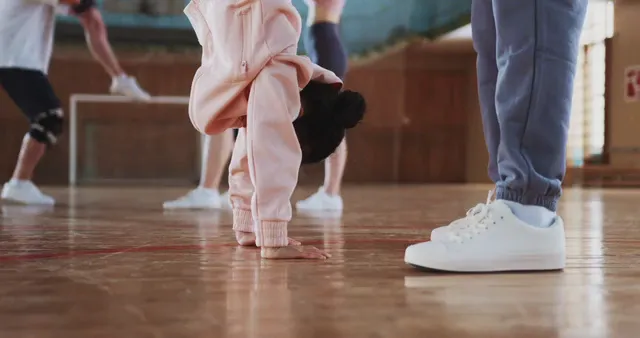
Conclusion
In summary, several factors explain why gymnasts tend to be shorter. Coaching preferences often lead to selecting athletes who demonstrate agility and strength, traits commonly found in shorter individuals. Performance attributes also play a role; shorter gymnasts can rotate and maneuver more efficiently, enhancing their overall execution. Additionally, selection biases in gymnastics favor those who fit a specific physical profile, often resulting in a prevalence of shorter athletes. To learn more about how nervousness affects performance in competitive environments, check out this article.
While height may shape gymnasts’ careers, it’s essential to recognize that their abilities stem from a blend of genetics, biomechanics, and the sport’s demands. Let’s celebrate the incredible skill and dedication of gymnasts, regardless of their height.
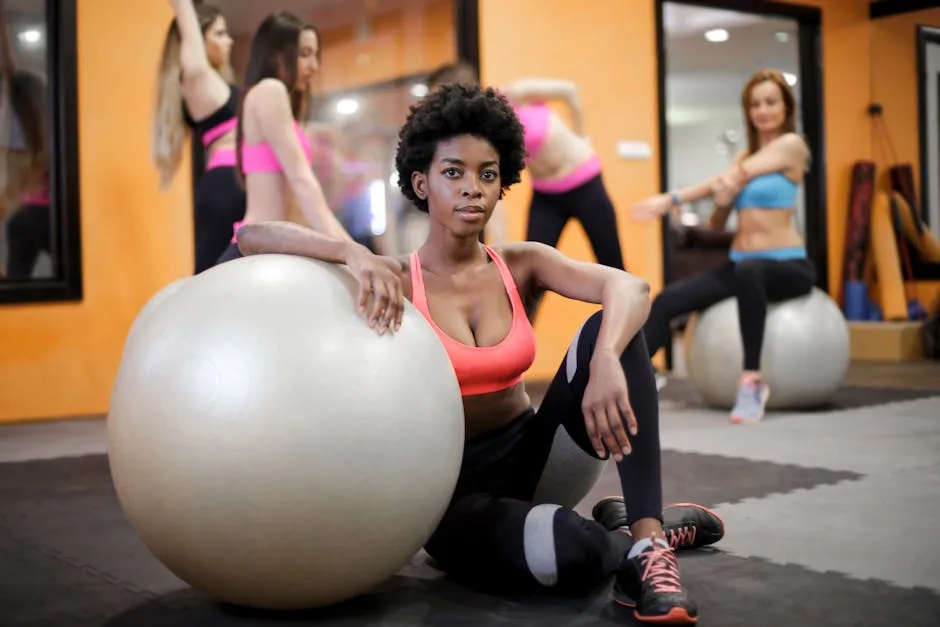
FAQs
Does gymnastics training really stunt growth?
There’s a prevalent belief that gymnastics training stunts growth. However, research indicates no solid evidence supports this claim. While intensive training may temporarily delay growth patterns, gymnasts typically catch up in height after retirement. The primary factors influencing height remain genetics and overall health.
What is the average height of elite female gymnasts?
The average height of elite female gymnasts is notably shorter than that of the general population. Recent Olympic gymnasts often stand around 5 feet tall, with many like Simone Biles measuring just 4’8″. This trend underscores the selection processes and physical attributes favored in gymnastics.
How does early specialization in gymnastics affect growth?
Starting gymnastics training at a young age can impact growth. While some young gymnasts may be shorter due to their familial background, early specialization may also delay peak growth spurts. It’s crucial to balance training intensity with proper nutrition and rest to support healthy development.
Are there health risks associated with gymnastics training?
Gymnastics training, while rewarding, can pose specific health concerns. One major issue is the risk of injuries. Common injuries include sprains and strains, particularly in the wrists, ankles, and knees. These injuries often result from the high-impact nature of the sport. Another concern is related to the development of young athletes. Many female gymnasts experience amenorrhea, a condition where menstruation stops. This can occur due to low body weight and the intense training required. Additionally, gymnasts may face nutritional challenges. A well-balanced diet is crucial for supporting growth and recovery, yet some young athletes may develop poor eating habits under pressure.
Why do shorter gymnasts excel in their sport?
Shorter gymnasts often have distinct biomechanical advantages that enhance performance. Their lower center of gravity aids in stability, making it easier to execute complex skills with precision. This stability is crucial for maintaining balance on apparatuses like the beam or during landings. From a physics standpoint, shorter limbs facilitate quicker rotations and flips. The smaller mass allows for more efficient movement and less force required to complete aerial maneuvers. This efficiency gives shorter athletes an edge, enabling them to perform intricate routines with greater finesse.
Please let us know what you think about our content by leaving a comment down below!
Thank you for reading till here 🙂
For insights on the importance of balance exercises for senior citizens, check out this article on why senior citizens should perform balance exercises.
All images from Pexels




